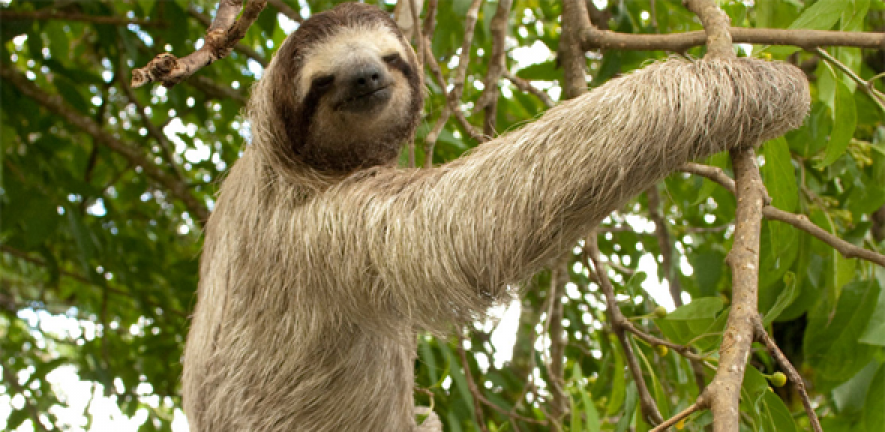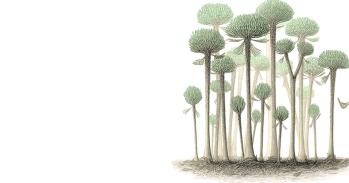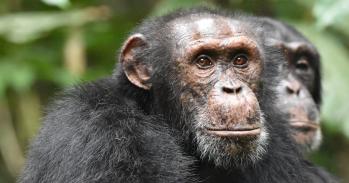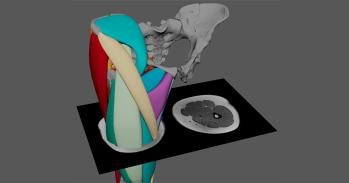
New research gives insight into one of the few mammals with more than seven neck vertebrae.
New research gives insight into one of the few mammals with more than seven neck vertebrae.
The remarkable conservatism of the mammalian neck is apparent even in those few species that superficially seem to be exceptions, like sloths.
Dr Robert Asher
By examining the development of bones in the vertebral column, limbs, and ribcage, scientists at the University of Cambridge have discovered how sloths evolved their unique neck skeleton.
From mice to giraffes, mammals are remarkable in that all but a handful of their 5000 species have exactly seven vertebrae in the neck. Among the few that deviate from this number are three-toed sloths, which may have up to ten ribless vertebrae in the neck.
Traditionally, vertebrae above the shoulders that lack ribs are known as cervical or neck vertebrae. Animals such as birds and lizards show great variety in the number of vertebrae in their neck. For example, a swan may have twice as many as a songbird.
Mammals, on the other hand, are much more conservative. A giraffe has the same number of neck vertebrae as a human, mouse, elephant, or armadillo; all have exactly seven. Sloths are an exception, with up to 10 vertebrae in their neck.
In order to discover if patterns of bone formation in these strange animals give any clues to their divergent vertebral anatomy, scientists based at the University of Cambridge have investigated the development of the skeleton in mammals, focusing on the vertebral column in sloths.
The scientists found that in all mammals except for sloths, bone formation always took place earlier in the body of first few vertebrae of the ribcage than in the neck. The only exception was among three-toed sloths, which show early bone-formation in the bodies of their distal, ribless neck vertebrae, before those of the ribcage.
However, by observing the position of bone-formation within the vertebral column, the investigators made a startling discovery: all mammals, including sloths, show early development of the body of the eighth vertebra down from the head, whether or not it is part of the neck.
In other words, the bottom neck vertebrae of sloths show a similar sequence of development as the top ribcage vertebrae of other mammals, both of which start at eight vertebrae down from the head. This shows that the bottom "neck" vertebrae of sloths are developmentally the same as ribcage vertebrae of other mammals, but lack ribs.
Dr Robert Asher, of the Department of Zoology at the University of Cambridge, said: "The remarkable conservatism of the mammalian neck is apparent even in those few species that superficially seem to be exceptions, like sloths. Even though they've got eight to ten ribless vertebrae above the shoulders, unlike the seven of giraffes, humans, and nearly every other species of mammal, those extra few are actually ribcage vertebrae masquerading as neck vertebrae."
These new results support the interpretation that the limb girdles and at least part of the ribcage derive from different embryonic tissues than the vertebrae, and that during the course of evolution, they have moved in concert with each other relative to the vertebral column. In three-toed sloths, the position of the shoulders, pelvis, and ribcage are linked with one another, and compared to their common ancestor shared with other mammals, have shifted down the vertebral column to make the neck longer.
Image credit: L. Hautier and R. Asher
This work is licensed under a Creative Commons Licence. If you use this content on your site please link back to this page.





